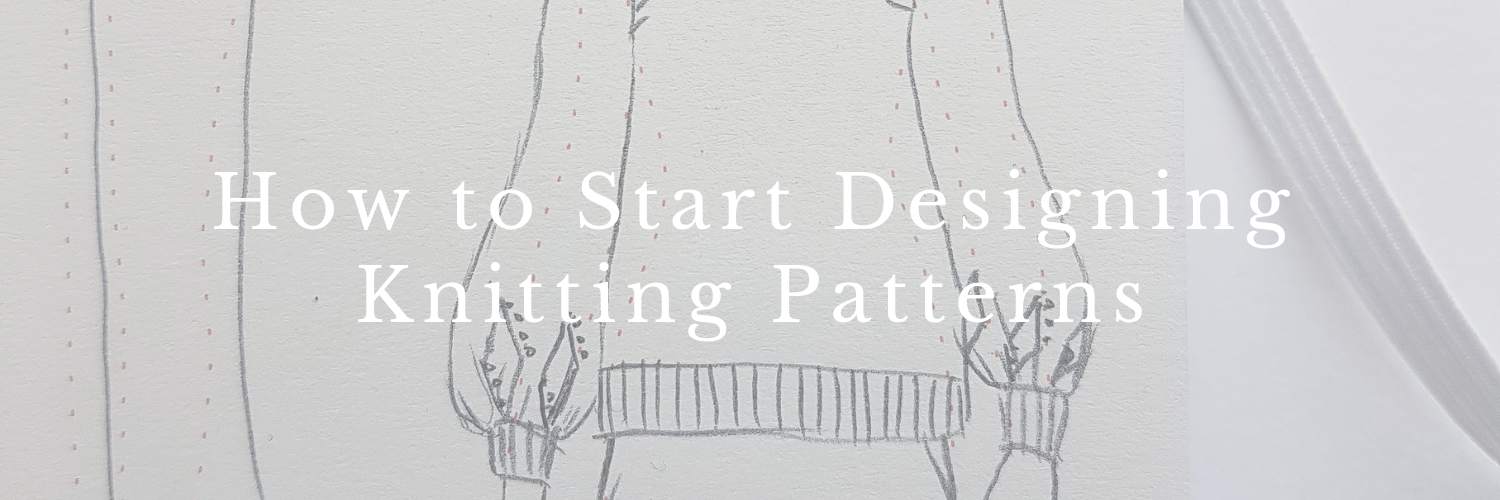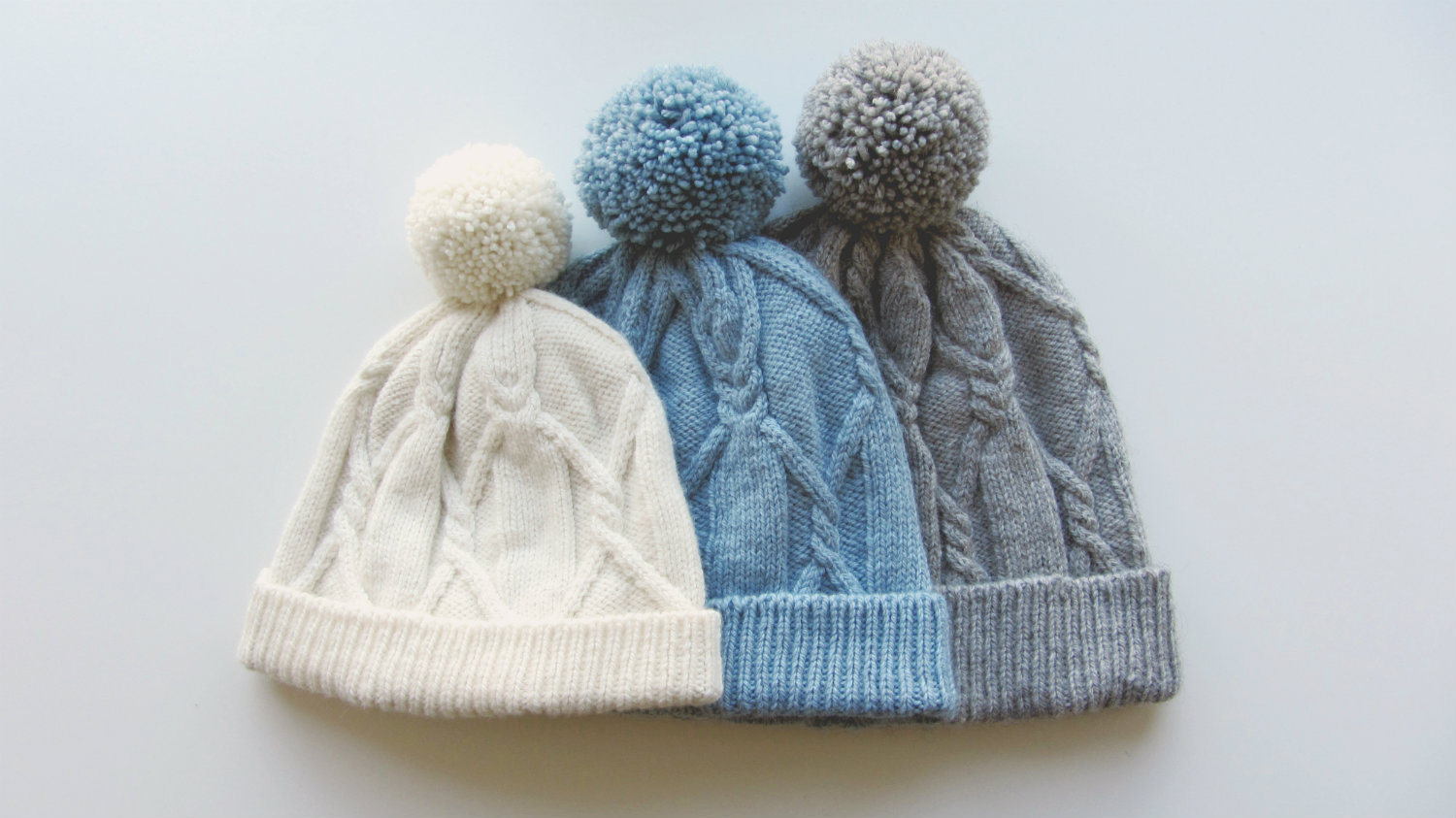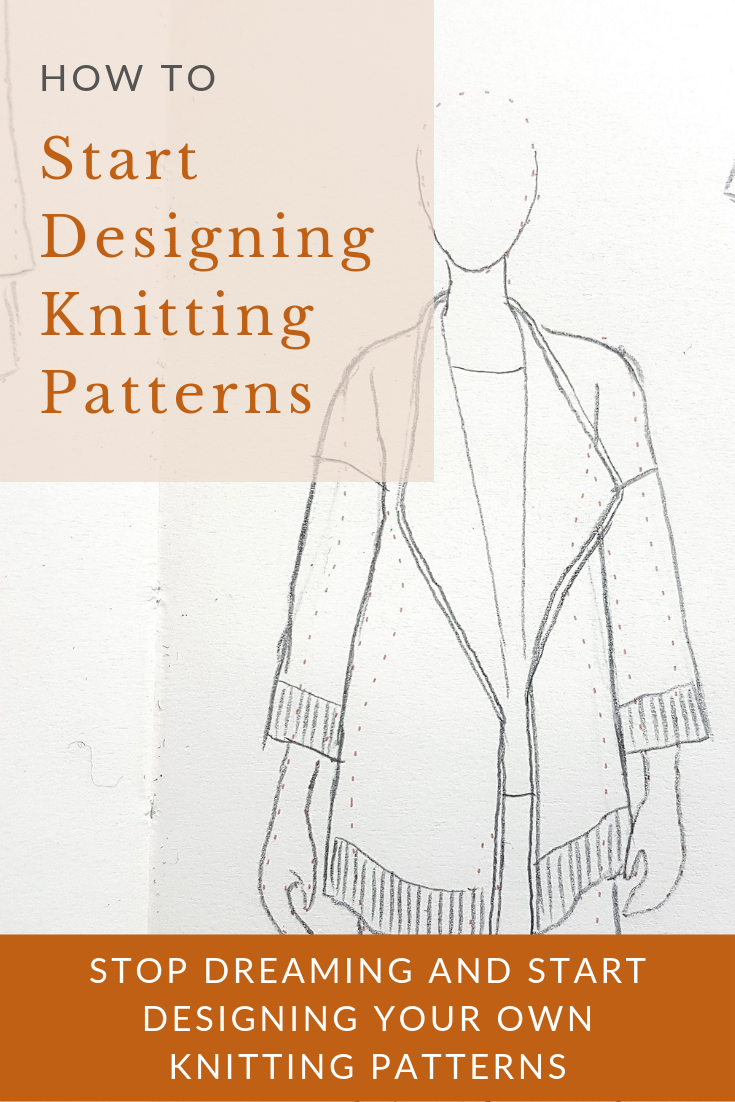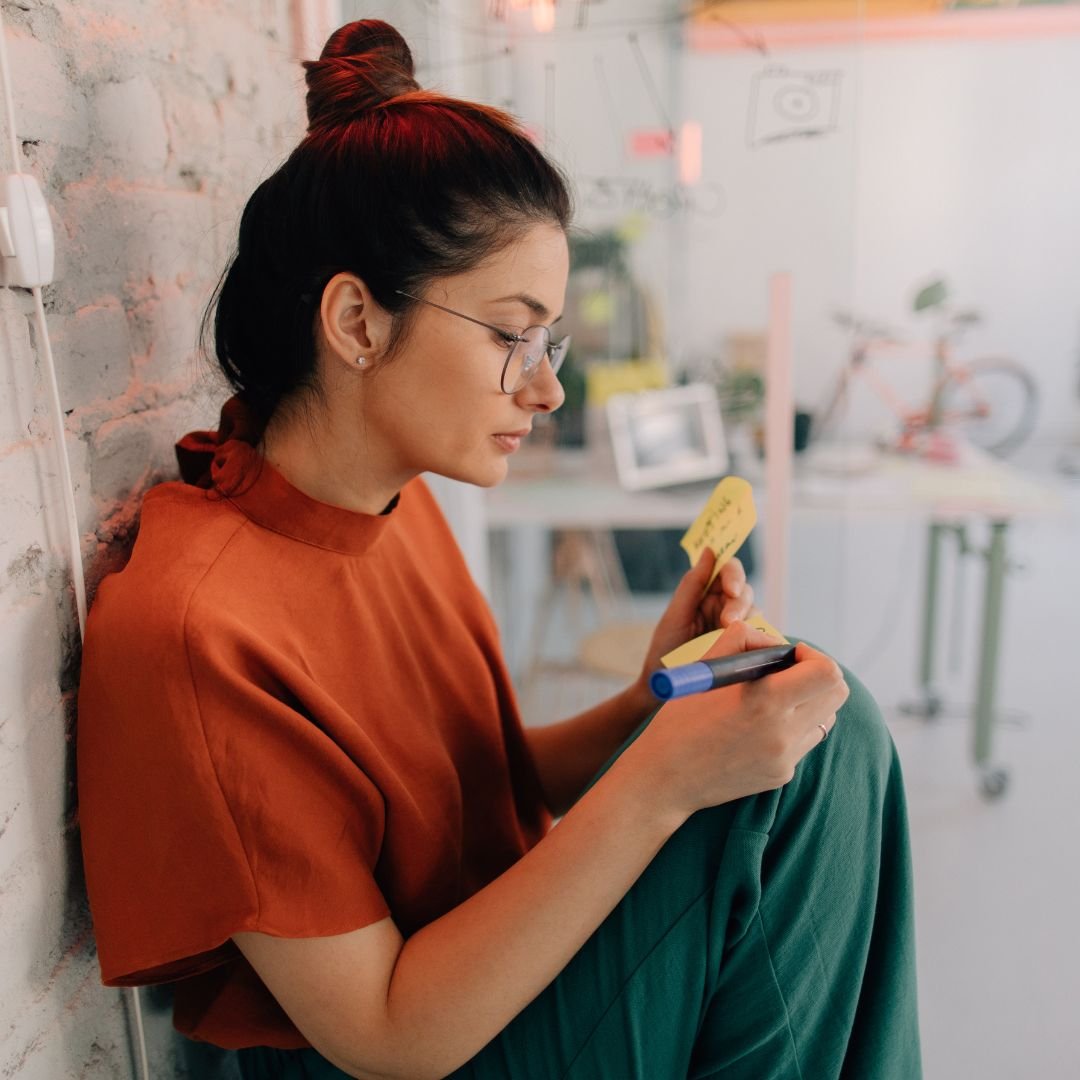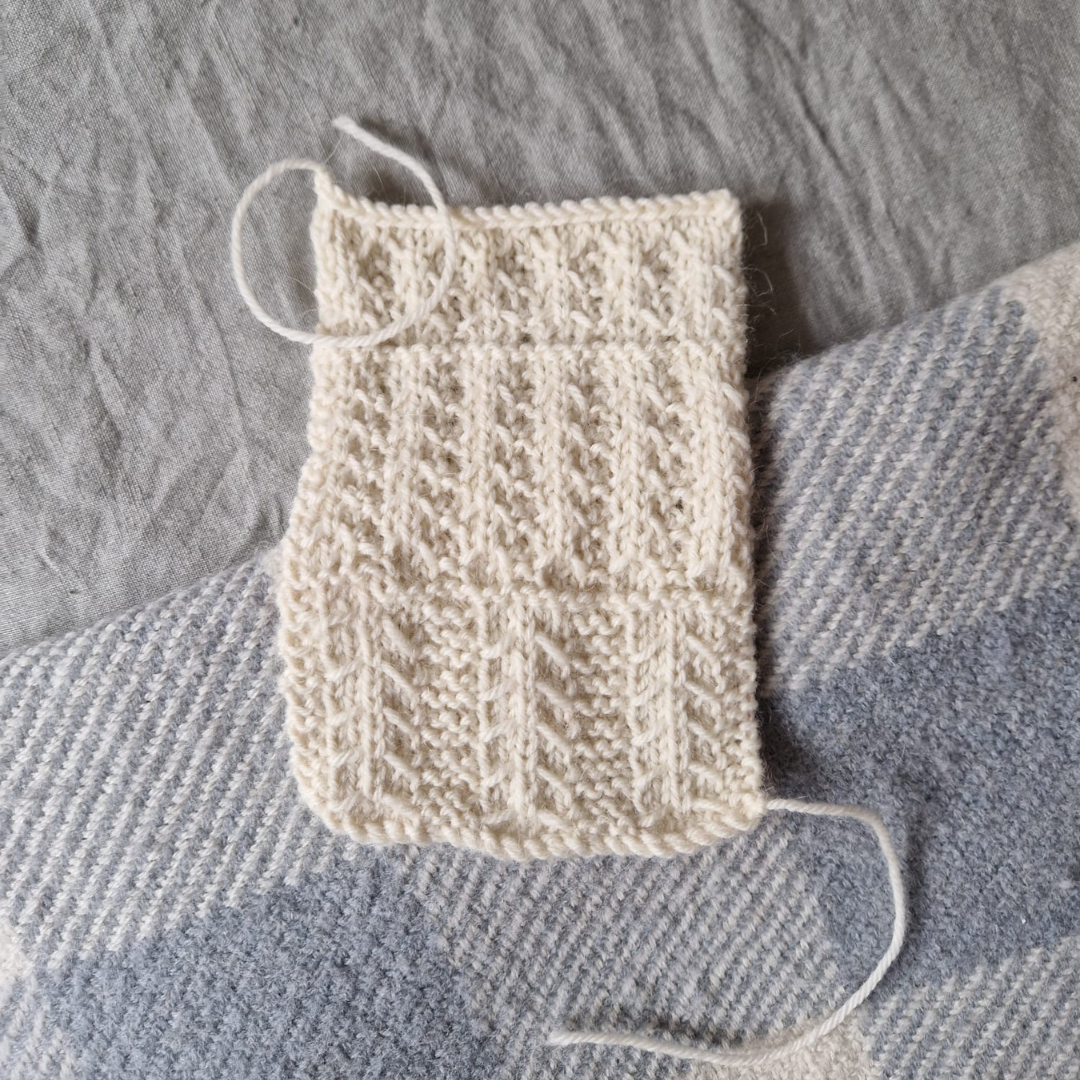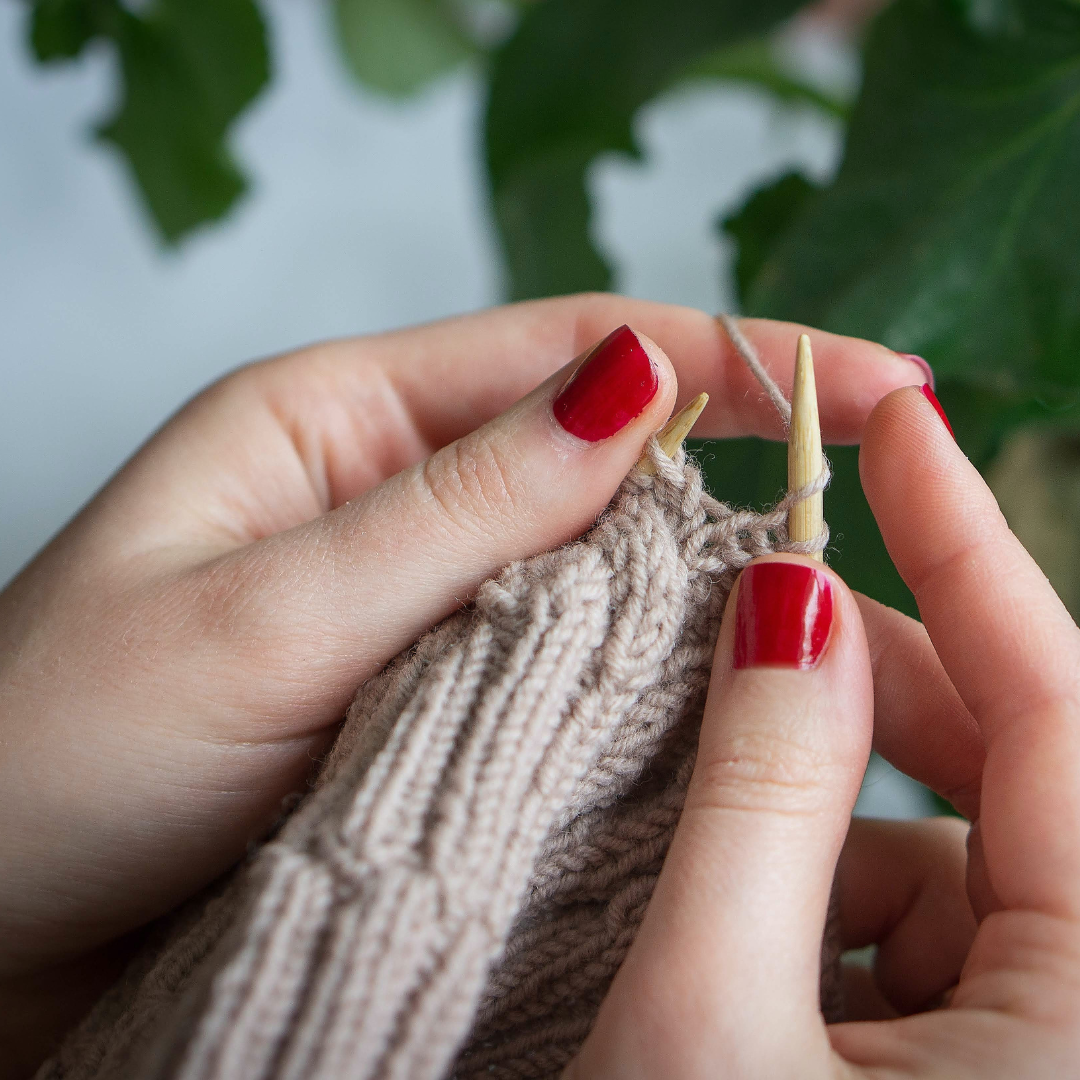Where to Start With Designing Knitting Patterns
Designing knitting patterns can be very daunting for people who have never done it before. Where do you even start?
Figuring out where to start can be so challenging that it can often result in us doing nothing at all. Because we can’t see the tenth step, we don’t take the first. Years later, we are still left wishing that we knew how to design knitting patterns.
Today, I’m going to tell you how I got started as a knitwear designer as well as break down some of the common obstacles that prevent aspiring designers from starting. By the end of this blog post, you’re going to be itching to start on your first knitting pattern!
How I Became a Knitting Pattern Designer
I was feeling pretty jaded when I left the fashion industry. As a lifelong knitter, I didn’t enjoy churning out the same old machine-knit designs, day in day out. I wanted to explore my own design aesthetic and knew deep down that the commercial fashion industry wasn’t going to be the place to do that.
I was more than a little intimidated by becoming a knitting pattern designer though. There seemed to be a lot of steps involved in the design process, many of which I had no idea how to approach! Despite the fact that I’d studied knitwear design at university, I didn’t know much about designing knitting patterns. The vast majority of my course was based around cut-and-sew knitwear, which is made on a machine - rather different to the world of hand-knitting!
In the Summer of 2016, I decided to be brave and give designing my first knitting pattern a try. I’d heard from tutors at university how difficult it is to make it in the hand-knitting industry, but I knew I would have huge regrets if I never attempted to do it. I enjoyed knitting all the time anyway so, even if no one wanted to knit my pattern, I would have fun learning the process!
By December of that year, I had my first pattern Rilo out. It was a simple cable hat graded to three sizes. It took me over three months and it was a massive process of trial and error, just figuring things out as I went along. But, it was a success!
At the end of launch day, over 500 people had downloaded the free pattern! I could never have dreamed of that. Looking back, the pattern is by no means perfect - the sizing runs larger than I would make it today - but lots of knitters have happily made their own Rilo hats and I am delighted by that.
I have now published 17 knitting patterns and plan to design many more. I’ve learned a lot on this journey and feel very grateful that I can now help you to start your own journey to becoming an indie designer.
Where to Start with Designing Knitting Patterns
Start at the beginning
Like I mentioned at the beginning of this blog post, the biggest obstacle to starting is mindset. There is some information on designing knitting patterns out there, but all the different stages make it feel overwhelming. We spend weeks, months, years procrastinating on just starting because we don’t know what the finish line looks like.
You don’t need to know what your finished design, pattern or promo campaign looks like right now. Take baby steps and start at the beginning: inspiration.
Getting inspired looks different for everyone. Personally, I’m inspired by moodboards, so I start by gathering lots of images and seeking the common themes. From there, I narrow it down until I have some very specific images that will inspire my future design.
For other designers, they start with the yarn. They knit some swatches, play around with stitches and let the swatch tell them what to do.
Whatever gets your creative juices flowing, do that. That’s where inspiration comes from.
Start Small
A one-size shawl or an accessory that only needs to be graded into a couple of sizes is ideal for your first knitting pattern design. It will help you to learn the process without overwhelming you.
It is especially helpful if you design something in a construction that you’re very familiar with. If you’re a sock knitting fanatic, designing a pair of socks would be an ideal place to start. It will be lots of fun to design something you enjoy knitting and it’s much easier than jumping right into garment design - even if that’s what you want to do eventually.
Start Making Quick Decisions
When you’re struggling to even start, it’s time to make quick decisions. Weigh up your options and go with your gut. Decision paralysis or perfectionism is not helpful here.
Let’s take inspiration, for example. If you’re agonising over what images to put on your moodboard, use your intuition to decide what images to include. Take a leaf out of Marie Kondo’s book: look at the image and if it immediately sparks inspiration, add it to the board. If you can’t work out how you feel about the image, it’s probably not the right one.
Deep down, you know what you like and making quick design decisions will not only help you to start, but also allow you to tap into your own personal aesthetic.
You might make mistakes along the way - I know I certainly did - but spending too much time on decision-making won’t stop that from happening. Thankfully, it is those mistakes that help us to learn and grow as a designer. They’re a necessary part of the process!
Start Simple
I urge you, if you are just starting out on your knitting pattern design journey, keep it simple.
You don’t need to design something complicated in order to design something beautiful. Some of the most popular patterns on Ravelry are very simple in their design!
Make life easier for yourself by not trying to include everything but the kitchen sink in your design. Choose one special detail and focus on that.
These are the most popular patterns on Ravelry as screenshot on 26th July 2019. Notice the theme? Simple.
What is the biggest thing that stops you from starting? Share your challenge in the comments section below.
